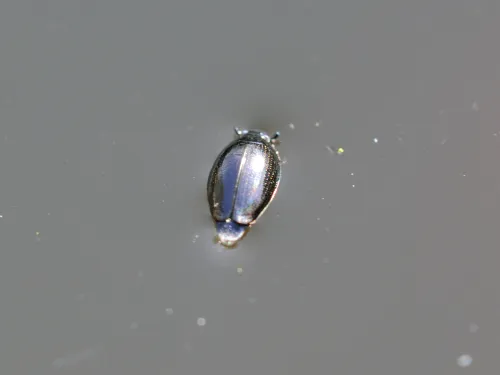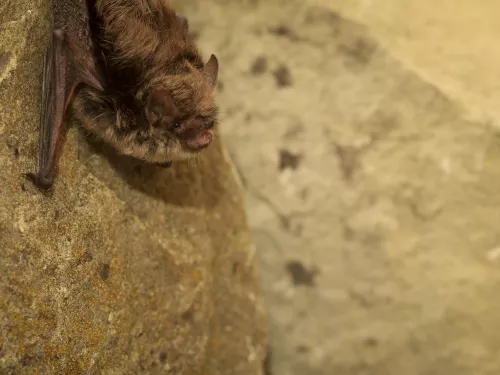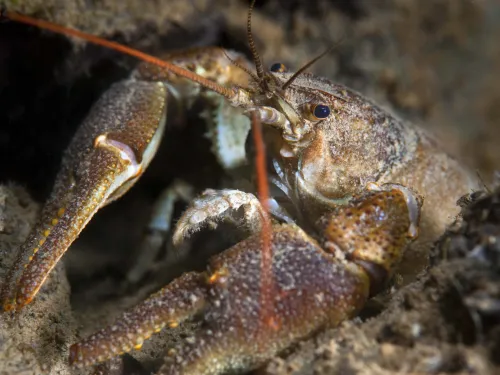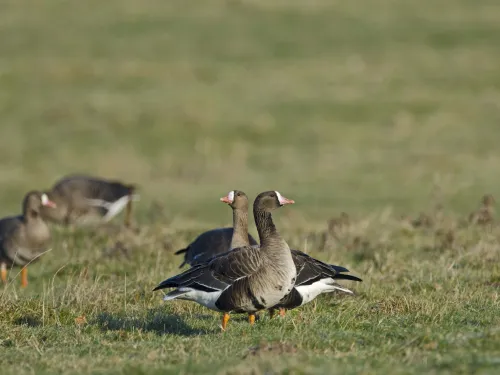
Whirligig beetle
Ever wondered what that little black dot whirling in circles on the top of the water of a pond is? Those are whirligig beetles! Often seen shooting across the water surface on the hunt for its next meal.
Want to learn more about wildlife near you? You're in the right place, search below and discover the nature you can help protect in Kent.

Ever wondered what that little black dot whirling in circles on the top of the water of a pond is? Those are whirligig beetles! Often seen shooting across the water surface on the hunt for its next meal.

The small, shaggy-furred whiskered bat roosts in all sorts of houses, old or modern. It is similar to the Brandt's bat and they often roost together, but in separate colonies. It feeds along familiar routes, such as hedgerows and woodland edges.

The White admiral is a striking black-and-white butterfly with a delicate flight that includes long glides. It prefers shady woodlands where it feeds on Bramble.
A climbing plant of hedgerows and woodlands, White bryony produces greenish flowers in summer and red, shiny berries in winter. It is a poisonous plant.
At night, the pretty, white blooms of white campion produce a heady scent, attracting feeding moths. Look for this wildflower along hedgerows and roadside verges, and on waste ground.
A familiar 'weed' of gardens, roadsides, meadows and parks, White clover is famous for its trefoil leaves - look out for a lucky four-leaf clover in your own garden!
Despite the family it's from, White dead-nettle does not sting. It displays dense clusters of white flowers in whorls around its stem, and can be found on disturbed ground, such as roadside verges.
Look for the White water-lily in still and slow-moving water, such as ponds, ditches, lakes and canals. Its lily pads and massive, white flowers float at the water's surface.
So-named for the silvery-white appearance of its leaves, the White willow can be seen along riverbanks, around lakes and in wet woodlands. Like other willows, it produces catkins in spring.
Look out for the distinctive white beak that gives this energetic dolphin its name. Don’t be surprised to see them breach and bowride too!

The White-clawed crayfish is a freshwater, bronze-coloured crustacean with pale undersides to its claws - hence the name. It is under threat from an invasive and introduced species of crayfish.

The white-fronted goose lives up to its name - look out for the white patch on its forehead and around its bill. It does not breed in the UK, but flies here from Greenland and Siberia for the 'warmer' winter weather.